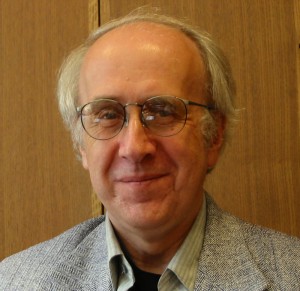Online Education
A. Michael Noll
June 29, 2016
© 2016 AMN
We have been told for decades that technology will reform education. I recall the filmstrip projector and the movie projector and their promise for education – they ended up in the closets of schools. And then along came educational television and distance learning over interactive closed-circuit video – known as tele-education. Today it is the Internet – e-learning and virtual universities.
All these technologies have a role and perhaps are useful – but not a one reformed education. They did offer more alternatives for some students – as did the Open University in England.
For some students who are able to study and learn on their own, educational technologies offer an alternative to the brick-and-mortar institutions. But so too did the postal service of the past and its use by correspondence schools. Textbooks offer personalized distance learning at the student’s pace, and many even have questions and lessons at the end of chapters.
In the end, a key factor is the motivation of the student. A motivated student can learn from a book – or a video – or an Internet course. But then there is the issue of grading and certification.
The Massive Open Online Course (MOOC) promises education to thousands of students and interaction with other students, and even professors. But how can a professor interact individually with thousands of students? Most professors have office hours and are not that easily available. The MOOC seems similar to UHF TV courses of years ago, except now over the Internet with a wider audience. Interactive TV of the past offered interaction, so even the interaction of the Internet is not new. However, the newer aspect of MOOC is the “Massive” audience that is possible through the Internet and World Wide Web.
In the end, the gold standard continues to be the classroom and the social interactions that occur at conventional institutions. But the tuition for this gold standard seems to have outpaced the inflation of gold bricks. It is not faculty pay that has increased that rapidly, but bureaucrats and administrators – and a reluctance by universities to use endowments to fund student scholarships and thus keep costs under control.




Like the video phone, Michael, online education and learning keeps getting reinvented, and someday it might just work well for all stakeholders, from students to institutions of learning and education. But one additional constraint is around intellectual property and copyright, which puts real limits on university-based offerings. However, this issue might well put publishers in the best possible place for offering online learning and education, such as via MOOCs. While MOOCs seek to develop original content, they might also benefit from introducing published, copyrighted work. Does this give a strategic advantage to the publishers and distributors of books and articles? A recent initiative by Amazon to reach into the public schools is a case in point. See: http://www.nytimes.com/2016/06/28/technology/amazon-unveils-online-education-service-for-teachers.html